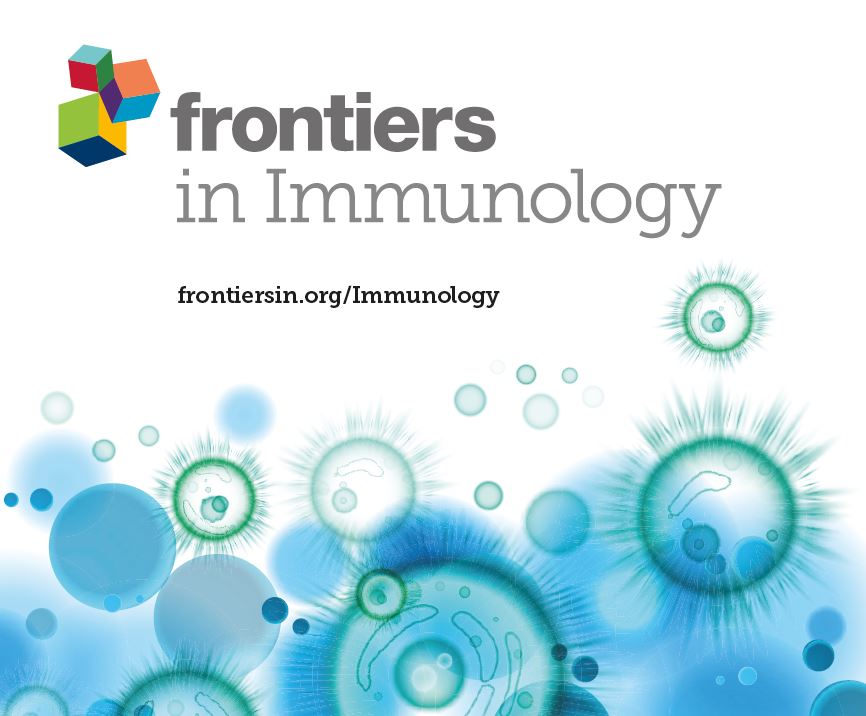Causal roles of skin and gut microbiota in skin appendage disorders suggested by genetic study
IF 5.7
2区 医学
Q1 IMMUNOLOGY
引用次数: 0
Abstract
ObjectivesThere is evidence from observational studies that human microbiota is linked to skin appendage Disorders (SADs). Nevertheless, the causal association between microbiota and SADs is yet to be fully clarified.MethodsA comprehensive two-sample Mendelian randomization (MR) was first performed to determine the causal effect of skin and gut microbiota on SADs. A total of 294 skin taxa and 211 gut taxa based on phylum, class, order, family, genus, and ASV level information were identified. Summary data of SADs and eight subtypes (acne vulgaris, hidradenitis suppurativa, alopecia areata, rogenic alopecia, rosacea, rhinophyma, seborrhoeic dermatitis, and pilonidal cyst) were obtained from the FinnGen consortium. We performed bidirectional MR to determine whether the skin and gut microbiota are causally associated with multiple SADs. Furthermore, sensitivity analysis was conducted to examine horizontal pleiotropy and heterogeneity.ResultsA total of 65 and 161 causal relationships between genetic liability in the skin and gut microbiota with SADs were identified, respectively. Among these, we separately found 5 and 11 strong causal associations that passed Bonferroni correction in the skin and gut microbiota with SADs. Several skin bacteria, such as遗传研究提示皮肤和肠道微生物群在皮肤附属器官疾病中的因果作用
目的观察性研究表明,人类微生物群与皮肤附件疾病(SAD)有关。方法为了确定皮肤和肠道微生物群对 SADs 的因果关系,首先进行了全面的双样本孟德尔随机分析(MR)。根据门、纲、目、科、属和 ASV 级信息,共确定了 294 个皮肤类群和 211 个肠道类群。我们从芬兰基因联盟获得了 SADs 和八个亚型(寻常痤疮、化脓性扁桃体炎、斑秃、玫瑰痤疮、鼻炎、脂溢性皮炎和皮脂腺囊肿)的汇总数据。我们进行了双向磁共振分析,以确定皮肤和肠道微生物群是否与多种 SAD 存在因果关系。此外,我们还进行了敏感性分析,以考察横向多效性和异质性。结果 在皮肤和肠道微生物群的遗传责任与 SADs 之间分别发现了 65 和 161 个因果关系。其中,我们在皮肤和肠道微生物群中分别发现了 5 种和 11 种通过 Bonferroni 校正的强因果关系。一些皮肤细菌,如葡萄球菌、链球菌和丙酸杆菌,被认为与多种 SAD 相关。作为肠道益生菌,双歧杆菌和乳酸杆菌对 SAD 风险具有保护作用。结论我们的MR分析揭示了SAD与肠道和皮肤微生物群之间的双向因果关系,并有可能为微生物群促进皮肤病的机理提供新的视角。
本文章由计算机程序翻译,如有差异,请以英文原文为准。
求助全文
约1分钟内获得全文
求助全文
来源期刊

Frontiers in Immunology
IMMUNOLOGY-
CiteScore
9.80
自引率
11.00%
发文量
7153
审稿时长
14 weeks
期刊介绍:
Frontiers in Immunology is a leading journal in its field, publishing rigorously peer-reviewed research across basic, translational and clinical immunology. This multidisciplinary open-access journal is at the forefront of disseminating and communicating scientific knowledge and impactful discoveries to researchers, academics, clinicians and the public worldwide.
Frontiers in Immunology is the official Journal of the International Union of Immunological Societies (IUIS). Encompassing the entire field of Immunology, this journal welcomes papers that investigate basic mechanisms of immune system development and function, with a particular emphasis given to the description of the clinical and immunological phenotype of human immune disorders, and on the definition of their molecular basis.
 求助内容:
求助内容: 应助结果提醒方式:
应助结果提醒方式:


